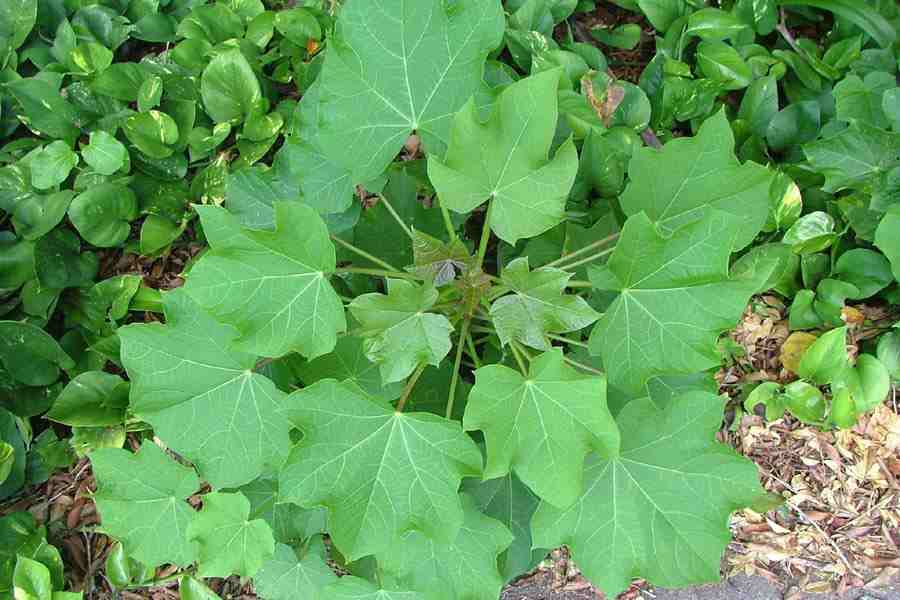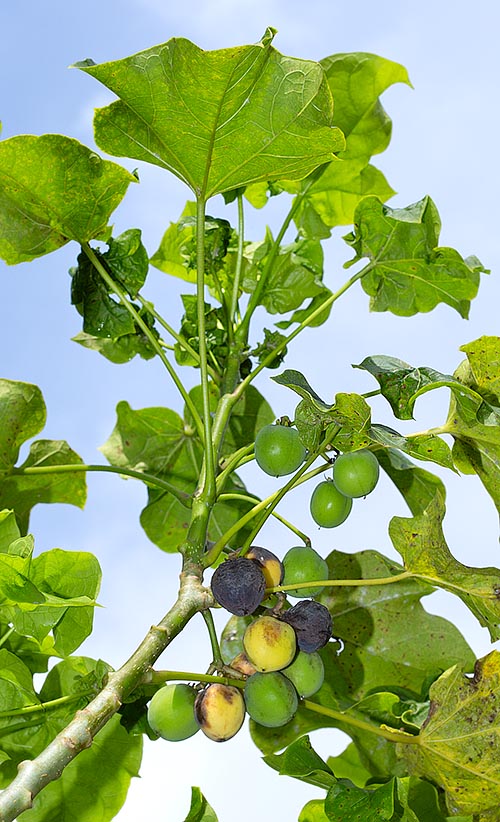
Agro Diesel (India) Private Ltd
Add a review FollowOverview
-
Founded Date February 7, 1923
-
Sectors Office
-
Posted Jobs 0
-
Viewed 27
Company Description
Jatropha A Feasible Alternative Renewable Energy
Constantly the biodiesel market is searching for some option to produce eco-friendly energy. Biodiesel prepared from canola, sunflower and jatropha can replace or be combined with traditional diesel. During very first half of 2000’s jatropha biofuel made the headlines as a popular and promising option. It is prepared from jatropha curcas, a plant types belonging to Central America that can be grown on wasteland.
Jatropha Curcas is a non edible plant that grows in the deserts. The plant grows really rapidly and it can yield seeds for about 50 years. The oil obtained from its seeds can be used as a biofuel. This can be blended with petroleum diesel. Previously it has been used twice with algae mix to fuel test flight of airlines.
Another favorable approach of jatorpha seeds is that they have 37% oil content and they can be burned as a fuel without improving them. It is likewise used for medical purpose. Supporters of jatropha biodiesel state that the flames of jatropha oil are smoke complimentary and they are effectively checked for easy diesel engines.

Jatropha biodiesel as Renewable Energy Investment has actually brought in the interest of many companies, which have actually checked it for automobile use. Jatropha biodiesel has been road evaluated by Mercedes and 3 of the cars have covered 18,600 miles by utilizing the jatropha plant biodiesel.

Since it is because of some drawbacks, the jatropha biodiesel have ruled out as a terrific renewable resource. The biggest problem is that nobody understands that exactly what the productivity rate of the plant is. Secondly they do not know how large scale cultivation might affect the soil quality and the environment as a whole. The jatropha plant needs 5 times more water per energy than corn and sugarcane. This raises another concern. On the other hand it is to be kept in mind that jatropha can grow on tropical environments with annual rains of about 1000 to 1500 mm. A thing to be noted is that jatropha needs appropriate watering in the first year of its plantation which lasts for years.
Recent survey says that it holds true that jatropha can grow on degraded land with little water and poor nutrition. But there is no evidence for the yield to be high. This might be to the quality of the soil. In such a case it may need high quality of land and might require the exact same quagmire that is faced by many biofuel types.
Jatropha has one primary downside. The seeds and leaves of jatropha are harmful to human beings and animals. This made the Australian federal government to prohibit the plant in 2006. The federal government stated the plant as intrusive species, and too dangerous for western Australian agriculture and the environment here (DAFWQ 2006).
While jatropha has stimulating budding, there are variety of research study obstacles stay. The importance of detoxification needs to be studied because of the toxicity of the plant. Along side a methodical research study of the oil yield need to be undertaken, this is very crucial since of high yield of jatropha would most likely required before jatropha can be contributed significantly to the world. Lastly it is likewise really essential to study about the jatropha types that can endure in more temperature climate, as jatropha is quite limited in the tropical climates.











